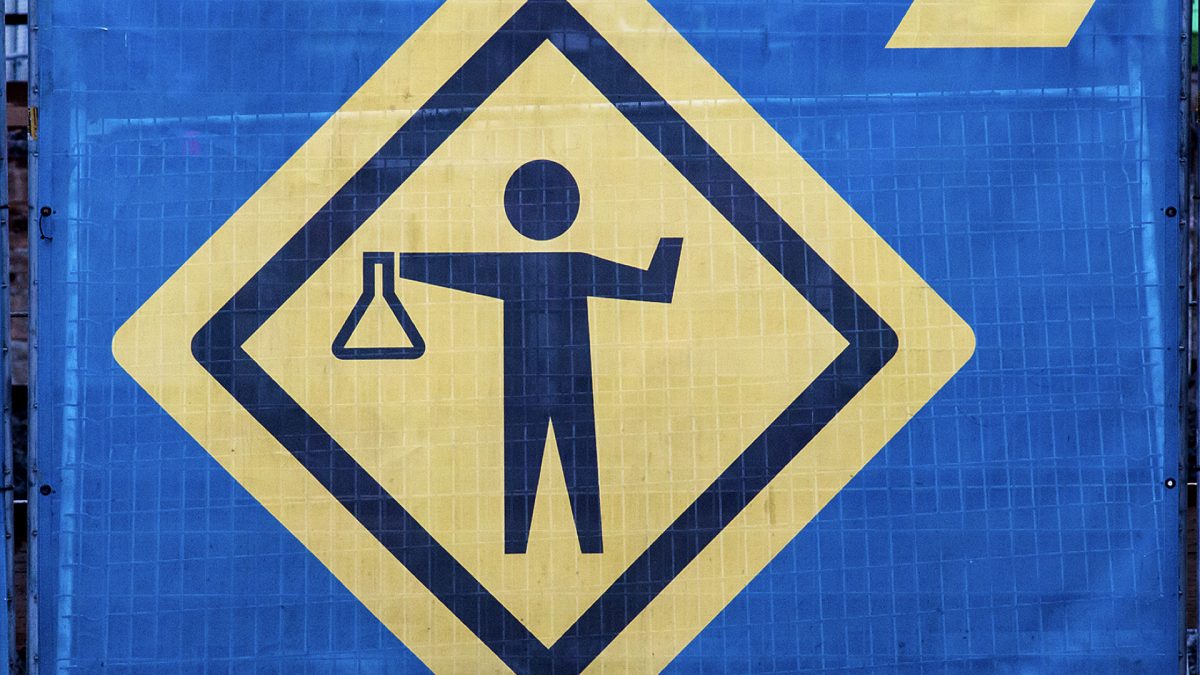The results of the CHAMACOS (Center for the Health Assessment of Mothers and Children of Salinas) study were published recently. This study of a California birth cohort investigated the relationship between exposure to flame retardant chemical pollutants in pregnancy and childhood, and subsequent neurobehavioral development. Why California? Because California children’s exposures to these endocrine disruptors and neurotoxins are among the highest in the world.
What did they find? The researchers concluded that both prenatal and childhood exposures to these chemicals “were associated with poorer attention, fine motor coordination, and cognition” (particularly verbal comprehension) by the time the children reached school age. “This study, the largest to date, contributes to growing evidence suggesting that PBDEs [polybrominated diphenyl ethers, flame retardant chemicals] have adverse impacts on child neurobehavioral development.” The effects may extend into adolescence, again affecting motor function as well as thyroid gland function. The effect on our thyroid glands may even extend into adulthood.
These chemicals get into moms, then into the amniotic fluid, and then into the breast milk. The more that’s in the milk, the worse the infants’ mental development may be. Breast milk is still best, but how did these women get exposed in the first place?
The question has been: Are we exposed mostly from diet or dust? Researchers in Boston collected breast milk samples from 46 first-time moms, vacuumed up samples of dust from their homes, and questioned them about their diets. The researchers found that both were likely to blame. Diet-wise, a number of animal products were implicated. This is consistent with what’s been found worldwide. For example, in Europe, these flame retardant chemical pollutants are found mostly in meat, including fish, and other animal products. It’s similar to what we see with dioxins—they are mostly found in fish and other fatty foods, with a plant-based diet offering the lowest exposure.
If that’s the case, do vegetarians have lower levels of flame retardant chemical pollutants circulating in their bloodstreams? Yes. Vegetarians may have about 25% lower levels. Poultry appears to be the largest contributor of PBDEs. USDA researchers compared the levels in different meats, and the highest levels of these pollutants were found in chicken and turkey, with less in pork and even less in beef. California poultry had the highest, consistent with strict furniture flammability codes. But it’s not like chickens are pecking at the sofa. Chickens and turkeys may be exposed indirectly through the application of sewer sludge to fields where feed crops are raised, contamination of water supplies, the use of flame-retarded materials in poultry housing, or the inadvertent incorporation of fire-retardant material into the birds’ bedding or feed ingredients.
Fish have been shown to have the highest levels overall, but Americans don’t eat a lot of fish; so, they don’t contribute as much to the total body burden in the United States. Researchers have compared the level of PBDEs found in meat-eaters and vegetarians. The amount found in the bloodstream of vegetarians is noticeably lower, as you can see in my video Flame Retardant Pollutants and Child Development. Just to give you a sense of the contribution of chicken, higher than average poultry eaters have higher levels than omnivores as a whole, and lower than average poultry eaters have levels lower than omnivores.
What are the PBDE levels in vegans? We know the intake of many other classes of pollutants is almost exclusively from the ingestion of animal fats in the diet. What if we take them all out of the diet? It works for dioxins. Vegan dioxin levels appear markedly lower than the general population. What about for the flame retardant chemicals? Vegans have levels lower than vegetarians, with those who’ve been vegan around 20 years having even lower concentrations. This tendency for chemical levels to decline the longer one eats plant-based suggests that food of animal origin contributes substantially. But note that levels never get down to zero; so, diet is not the only source.
The USDA researchers note that there are currently no regulatory limits on the amount of flame retardant chemical contamination in U.S. foods, “but reducing the levels of unnecessary, persistent, toxic compounds in our diet is certainly desirable.”
I’ve previously talked about this class of chemicals in Food Sources of Flame Retardant Chemicals. The same foods seem to accumulate a variety of pollutants:
- Food Sources of Perfluorochemicals
- Food Sources of PCB Chemical Pollutants
- Fish and Diabetes
- Diabetes and Dioxins
- Pollutants in Salmon and Our Own Fat
Many of these chemicals have hormone- or endocrine-disrupting effects. See, for example:
- Protein, Puberty, and Pollutants
- Alkylphenol Endocrine Disruptors and Allergies
- Dietary Sources of Alkylphenol Endocrine Disruptors
- Dietary Pollutants May Affect Testosterone Levels
In health,
Michael Greger, M.D.
PS: If you haven’t yet, you can subscribe to my free videos here and watch my live, year-in-review presentations:
- 2012: Uprooting the Leading Causes of Death
- 2013: More Than an Apple a Day
- 2014: From Table to Able: Combating Disabling Diseases with Food
- 2015: Food as Medicine: Preventing and Treating the Most Dreaded Diseases with Diet
- 2016: How Not To Die: The Role of Diet in Preventing, Arresting, and Reversing Our Top 15 Killers
